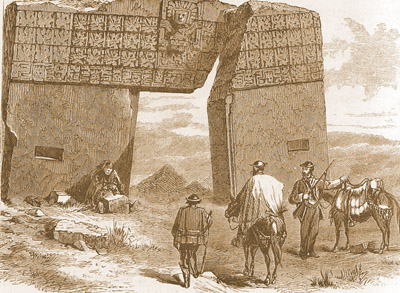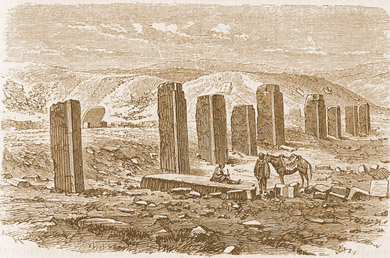
Tiwanaku or Tiahuanaco, which is located in Bolivia Lake Titicaca’s southern shore, holds the magnificent culture of the pre-Inca civilization which covered the period between 500 and 900 AD. The culture’s enormous remains include a pyramid, several temples, monoliths, symbolic gates and mystifying carvings of strange faces.
Probably the most amazing architectural structure at the city of Tiwanaku is the Akapana pyramid, which is the most enormous terraced step pyramid found in the city. This 59-foot-tall pyramid looks more like a big natural hill than a pyramid. In the middle of its flat peak is a hollow oval area, commonly believed to be dug by Spanish burglars almost a century ago.
North of the Akapana pyramid is the Kalasasaya Temple. Its walls are made out of large blocks of andesite and red sandstone. It has vast entrance steps which are flanked by two monumental uprights.
To the west of the Kalasasaya Temple is a big rectangular area called the Palacio de los Sarcofagos or Putuni, which is still being dug out. At the easternmost area of the tourist spot is a mound of rubble called the Kantatayita. Nobody really knows what kind of structure was created from the pieces; however they are interestingly carved with beautiful, geometric shapes and designs.
Every year on June 21, as many as five thousand tourists around the world flock to Tiwanaku to witness the Aymara New Year festival. Tiwananaku locals dress in colourful ceremonial attire for this big event. Tourists are welcomed at the event, which includes chewing choca, sacrificing llamas, drinking singani, and partying till dawn. The locals also hold a fair to correspond to the festival. Buses leave from La Paz at around four in the morning in order to arrive just in time for sunrise. More devoted participants get there a few days before the celebration and camp outside.

Tiwanaku

No comments:
Post a Comment
Feel free to place you thoughts here